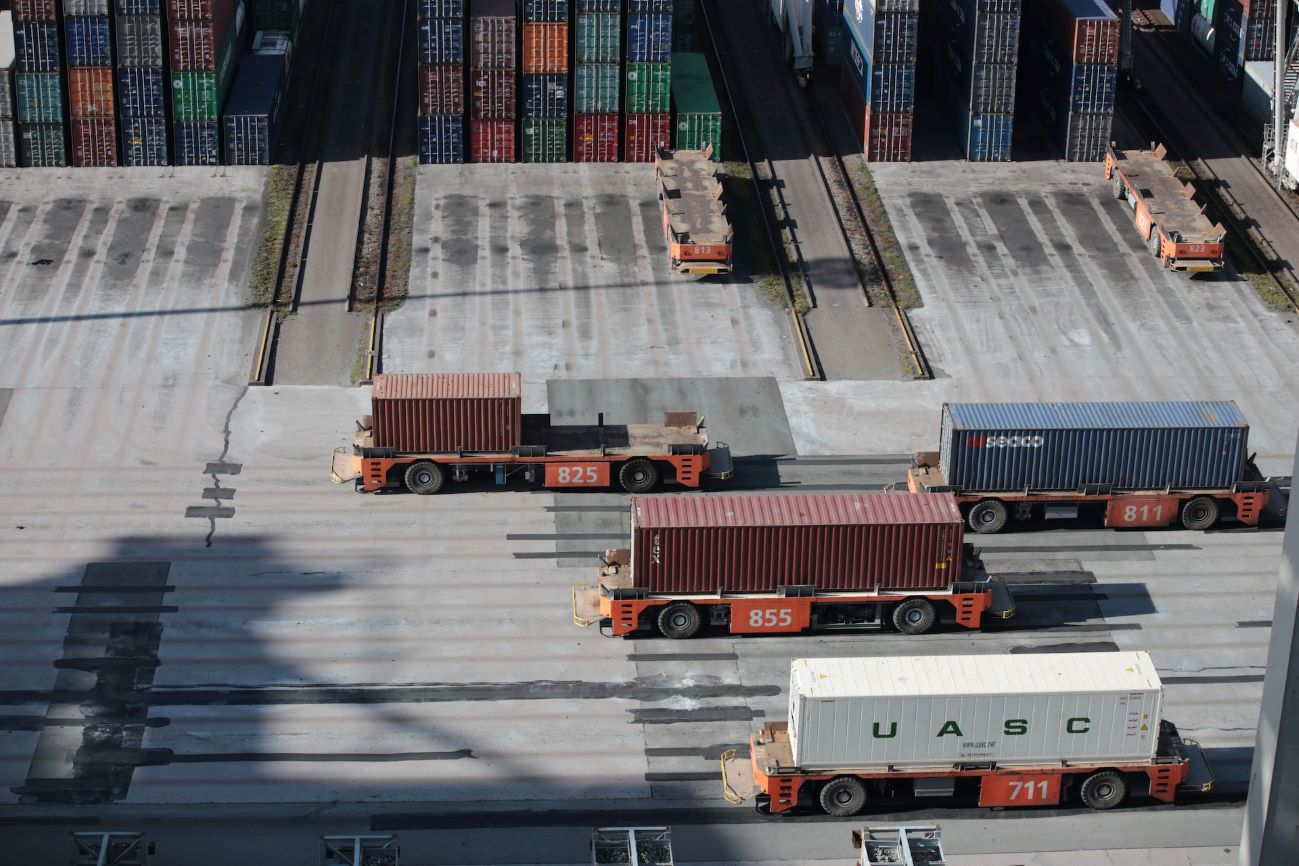It's a dilemma that many organisations are acquainted with: as supply chain visibility solutions in the twenty-first century get more complicated and sent items become more diversified, it's becoming more difficult to choose the most dependable and cost-effective transport provider.
Larger organisations have a range of general agreements with suppliers for every circumstance, from courier services that can handle urgent minor component deliveries to shipping companies that can transfer containers across oceans—all while keeping prices in mind.
International subsidiaries or sections within these companies often have parallel cost structures. It makes it impossible to acquire a clear image of the overall picture, much alone rapid supply chain visibility solutions to the simple issue of who can deliver the products from point A to point B by the deadline at the greatest price.
Here are the top six characteristics to look for when purchasing a rate management system for your logistics company.
Simpleness of usage
The primary motivation for adopting digital was to guarantee that every stakeholder engaged in the freight forwarding process could maximise their time without manually monitoring every rate, estimate, schedule, charge, and price.
Dependability and transparency
Transparency is required in the future of logistics when working with many suppliers, carriers, customers, agents, clearinghouses, and forwarders.
Transparent data flow is critical for everything from end to end supply chain planning to pricing supply chain visibility solutions & optimisation. The data supplied or reported inside the firm must be transparent and dependable.
Network and Coverage
Identifying live spot pricing is one of the most critical duties a freight forwarder automates when transitioning to a rate management technology. This rate serves as the foundation for the whole transaction, from the quote through the invoicing stage.
Speed and visibility
The time-consuming freight forwarding procedure is a time-sensitive industry. If the supply chain management software that automates manual operations cannot do a job in less time, it loses its use as an automation tool. As a result, fast functionality is critical while developing a reliable RMS solution.
Audit logs and privacy
Data, regardless of its importance, must be kept securely. Legal changes such as the GDPR laws provide detailed standards for keeping, utilising, and destroying data.
The collaborating RMS real time supply chain visibility provider should comprehend the notion of data privacy and provide a solution that properly safeguards personal data. It is necessary to consider who has access to modify information inside an RMS tool.
Scalability and adaptability
It is true for almost all supply chain management software. Users should be able to make fast and simple modifications on the platform. It might be assessed by examining supply chain management software ability to adapt quickly to changing user, real time supply chain visibility, and system needs.
Bottom Line
Supply chain visibility solutions are one of the most critical components of a successful business in today's environment. The process of end to end supply chain planning, executing, and regulating the transportation and storage of products and commodities is known as logistics. Managing the movement of products and commodities is an important aspect of logistics. Rate card management is one method of managing transportation.
When looking at a transportation company's rate card, there are a few factors to consider.
First, ensure that the organisation can give you a full list of their services. It will assist you in understanding what you are paying for and whether the organisation can meet your requirements.
Second, be certain that the company's fees are affordable. You do not want to be overcharged for shipping.
Finally, ensure that the organisation can provide you with bulk shipping savings. In the long term, this may save you a lot of money.
Recent Post
Subscribe to our newsletter
Stay updated on latest trends and news in the supply chain and logistics industry








